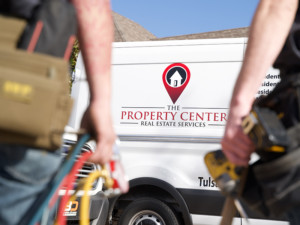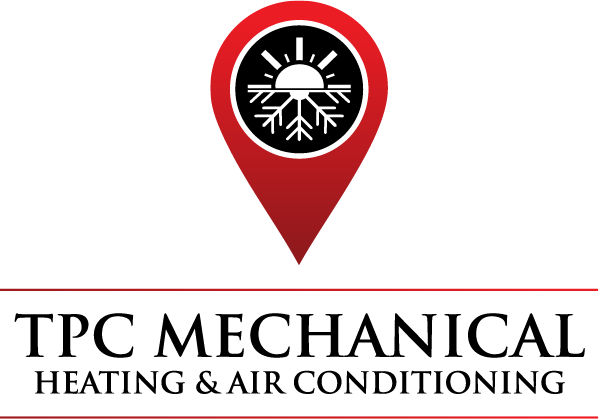Geothermal HVAC Service & Repairs – What’s the Low Down?
Geothermal heating and cooling systems are growing in popularity because of their incredible energy efficiency and massive savings in energy bills. A geothermal system uses a buried ground loop and a geothermal heat pump to manage the heat exchange between the ground and your house, to make the air in your house cool in the summer and warm in the winter.
How does a geothermal heating and cooling system work?
In very simple terms, if you’re using a geothermal HVAC for cooling, the heat pump in the house transfers heat from the house into the water that goes into the underground loop. This hot water is then pushed into the loop underground, where the heat dissipates into the ground. The water cools as it makes its way through the looping system, and finally, it comes back into your house, cool and ready to take the heat out of the air again.
Geothermal HVAC systems are very friendly with the environment, using renewable energy and leaving no residue behind, unlike furnaces that burn oil or gas.
Let’s talk about savings
Geothermal heat pumps are also very friendly with your wallet: the Environmental Protection Agency has reported that geothermal systems can save 20-50% on energy bills when working as air conditioning, and cut expenses an impressive 30-70% when used as heating systems. These savings are enough to recover the upfront cost of purchasing and installing a geothermal HVAC in 3 years or less.
Geothermal units even save you money in maintenance and geothermal repair expenses: according to the US Department of Energy, geothermal has the lowest maintenance cost compared to water and air source heat pumps, coming in at $9.27 per year per square foot. The direct-drive fans don’t even have belts that require replacing, there are no chiller nor boiler maintenance requirements, and maintenance is almost limited to changing air filters to keep the indoor air quality, and making sure the water in the loops is clean and pressurized.

Geothermal systems have a very long lifespan: you can expect your heat pump to last up to 25 years (compared to about 15 for a traditional air conditioning unit), and the ground loop can be working well for around 50 years. This is what we like to call a sound, long term investment in your home.
However, if you want your geothermal HVAC to give you those fantastic energy savings and live as long as it should, you must hire a trained technician to give it maintenance once a year.
On the fence about securing a maintenance plan for your systems? We have two helpful guides, one for commercial HVAC maintenance plans and one for residential HVAC maintenance plans, to make your decision easier.
What’s included in a geothermal maintenance inspection?
The simplest checkup for your geothermal system involves only 2 steps:
- Check the water pressure: if it’s low, it may indicate a leak, and without enough water, the system will not work properly.
- Check the basket strainer, which is the filter that catches debris in the water. Since taking the strainer requires the whole system to be shut down, it’s best to check the pressure drop across the strainer, to determine if it’s letting water flow or if it’s time to clean it.
However, every year you should get a trained professional to check your system thoroughly. Here is a checklist of what should be included in yearly geothermal maintenance inspections – make sure your technician goes through all of these steps at least.
Preparation
Turn it on and make it run at max for 10 minutes so everything is ready for its readings.
Flow rate check
Check the water pressure as it comes in and goes out, and find the difference. The manufacturer’s manual will have guidelines on what is acceptable
 Take temperature readings
Take temperature readings
Just as above, measure the temperature of the water as it’s going in and going out, and find the difference. Check against the manufacturer’s guidance.
Also take the temperature of the air coming in and going out of the unit, to measure if the heat pump is effectively heating or cooling your home.
Electrical measurements
Your technician should make sure that the unit is running as expected, again using the manufacturer’s guidance to determine if everything is normal.
Inspection and cleaning
The air coil should be inspected and cleaned with a special cleaner. As the homeowner, you may have to replace air filters throughout the year, but your technician should always replace them while servicing.
The drain pan and trap must also be inspected and all sediment and debris cleaned – avoid chlorine since it can damage copper parts.
Add pressure to the ground loop
Ground loops tend to lose pressure, especially when they are being used as cooling systems. The technician should add water pressure to the loop to keep it working at maximum efficiency.
If you are considering making the move to geothermal, give us a call. Our teams can assist you with choosing the right system, installing the dreaded underground loop (it’s really not as bad as you think), and of course with all your geothermal repair and maintenance needs.

Join The Discussion